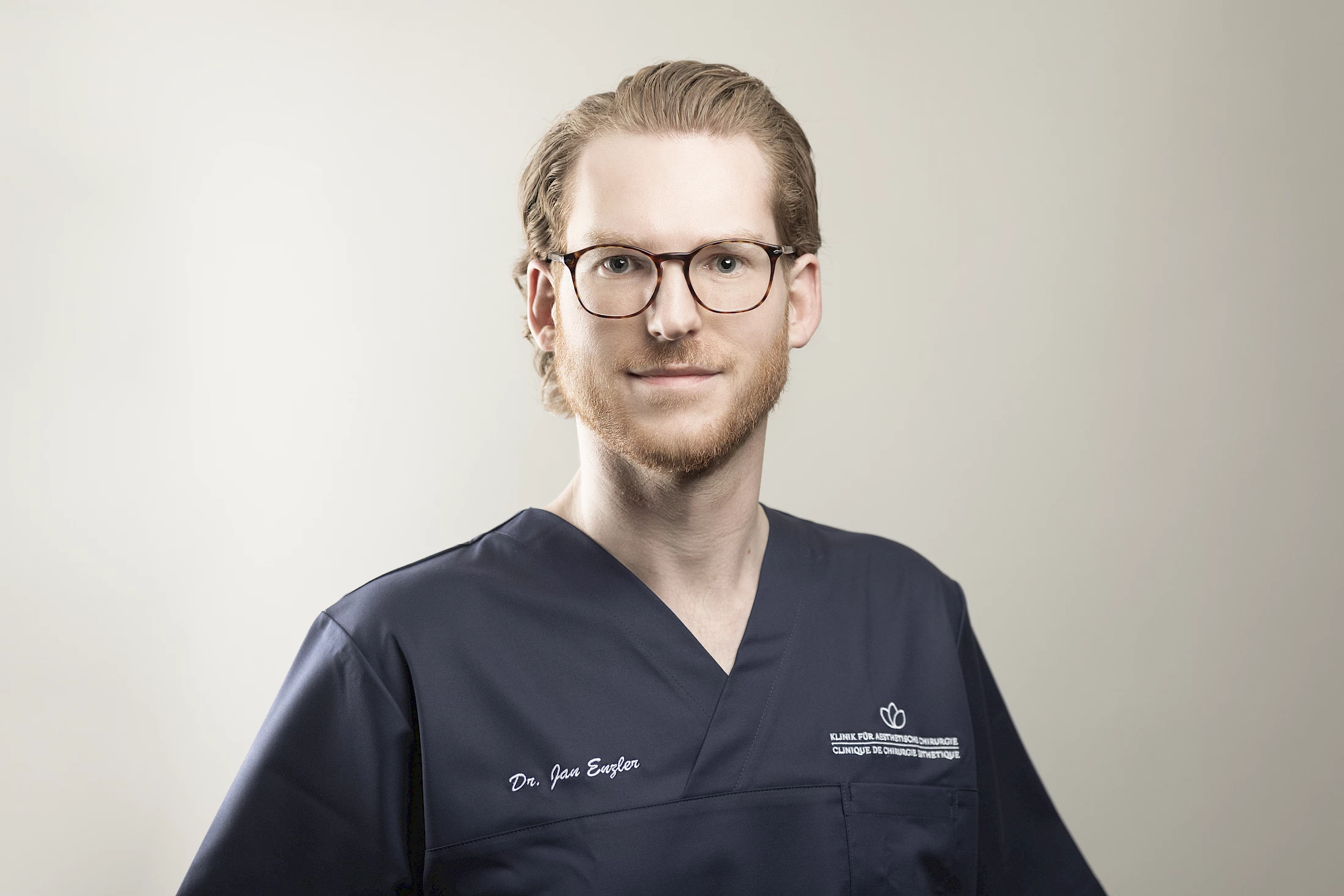Klinik für AEsthetische Chirurgie Biel
Erstklassige Expertise für Ihre zeitlose Schönheit
Spezialisiert auf ästhetische und plastische Chirurgie sowie ästhetische Medizin bieten wir Ihnen mit unserem Chirurgenteam breite Expertise und erstklassige fachärztliche Kompetenz, um Ihre ästhetischen Wünsche zu erfüllen.




